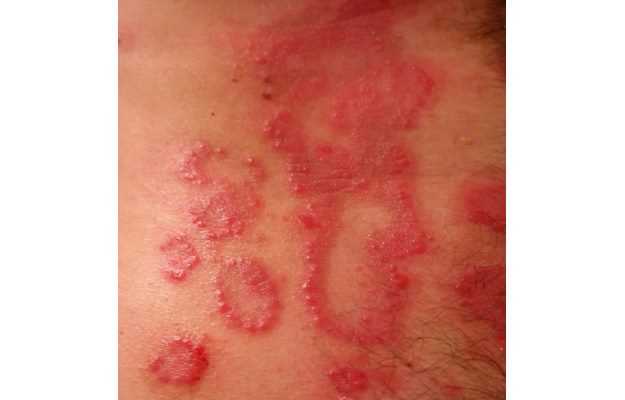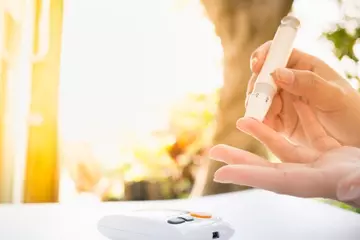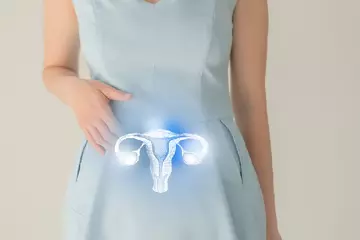What is shingles?
Shingles is an infection from a virus that leads to blisters or rashes in a well-demarcated area on the skin. It is caused by the varicella zoster virus that also causes chickenpox. Shingles results from reactivation of a latent infection with the virus. Although one may recover from chickenpox, the virus can remain inactive in the nerve tissue and may later reactivate and manifest as shingles.
What are its main signs and symptoms?
Initial signs and symptoms include:
Late signs and symptoms include:
- Red rash in one area or on one side of the body (commonly, rashes occur on one side of the body. It is widespread and generalised only in certain cases of weak immunity).
- Clusters of small fluid-filled blisters that break open and become crusted eventually.
Other symptoms include:
- Fever
- Sensitivity to touch and light
- Headache
- Fatigue
- Chills
- Upset stomach
- Shingles most commonly occurs as a band on the waistline or chest
Symptoms in severe cases may occur due to reduced immunity and include:
- Widespread rashes and blisters as in chickenpox
- The eye may get affected, resulting in vision loss
- Bacterial skin infections
What are the main causes?
Shingles is caused by the varicella zoster virus, which is one among the group of viruses called herpes viruses.
Shingles occurs in a person who has previously recovered from chickenpox. The virus may remain inactive in the nerve tissue and reactivate years later in case of reduced immunity.
Shingles is more common among people with reduced immunity, such as elderly persons, those suffering from HIV or cancer or those who take certain medications like steroids for a long period of time.
How is it diagnosed and treated?
Shingles is diagnosed on the basis of history and careful physical examination.
Investigations include the culture of tissue scraped or a swab from a blister.
Shingles usually resolves naturally within a few weeks. Shingles vaccine is available and may be advised to caregivers and children surrounding the patient to prevent infection.
Medications: Antiviral agents may be prescribed for faster healing and reducing symptoms. Painkillers like opioid derivatives, paracetamol, ibuprofen, and steroids might be used.
Self-care:
- Cold compresses
- Application of calamine lotion
- Oatmeal baths
- Avoid contact with people who have not been previously infected by the zoster virus, as there is a chance of transmission of infection in the form of chickenpox.

 OTC Medicines for Shingles
OTC Medicines for Shingles















